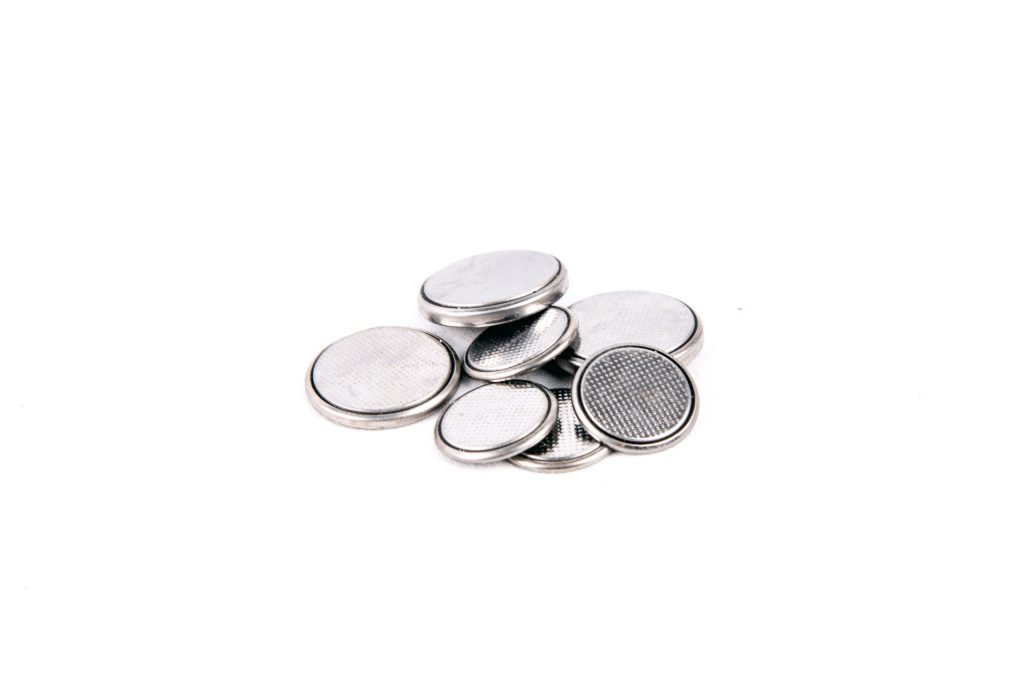

Small batteries used in toys, remote controls, key fobs, flashing shoes, light-up decorations, and other electronic devices can be a danger to young children. Experts recommend taking action to prevent battery injuries.
Coin-shaped batteries, or “button batteries,” are attractive to small kids and can lead to serious injuries in the ear, nose, or mouth. If a battery has been inserted, doctors recommend taking the child to the emergency department as soon as possible.
Symptoms of swallowing a battery may look like a cold, including fever, throat pain, wheezing, coughing, or choking and gagging. Batteries in the nose or ear can lead to irritability, fever, pain or swelling, or fluid drainage or bleeding from the ears or nose. In some cases, there are no apparent symptoms.
Nationwide Children’s Hospital recommends that two teaspoons of honey may provide a protective effect against swallowed batteries, though families should not delay going to the emergency room to obtain honey. Children should not be forced to vomit or given anything else to eat or drink before going to the emergency room.
For treatment, an X-ray will confirm the location of the battery. The battery will then be removed as soon as possible.
To prevent these injuries, families should keep batteries stored locked and out of sight of young children. For devices that use small batteries, check that the battery compartment is secured tightly. The safest battery compartments require a tool to open them.
When possible, devices that use batteries should be kept away from young children, or only used under close supervision.
If you think your child has swallowed a battery or put one in their nose or ear, the National Battery Ingestion Hotline is available to help at 1-800-498-8666.
Harborview Injury Prevention & Research Center is proud to support the Feb. 5, 2020 Button Up Batteries Day of Action. This event is a collaboration among the American Academy of Pediatrics Department of Communications and Social Media, AAP Section on Pediatric Trainees, AAP Button Battery Task Force, AAP Council on Injury, Violence, and Poison Prevention, the Center for Injury Research and Policy at Nationwide Children’s Hospital, and others.